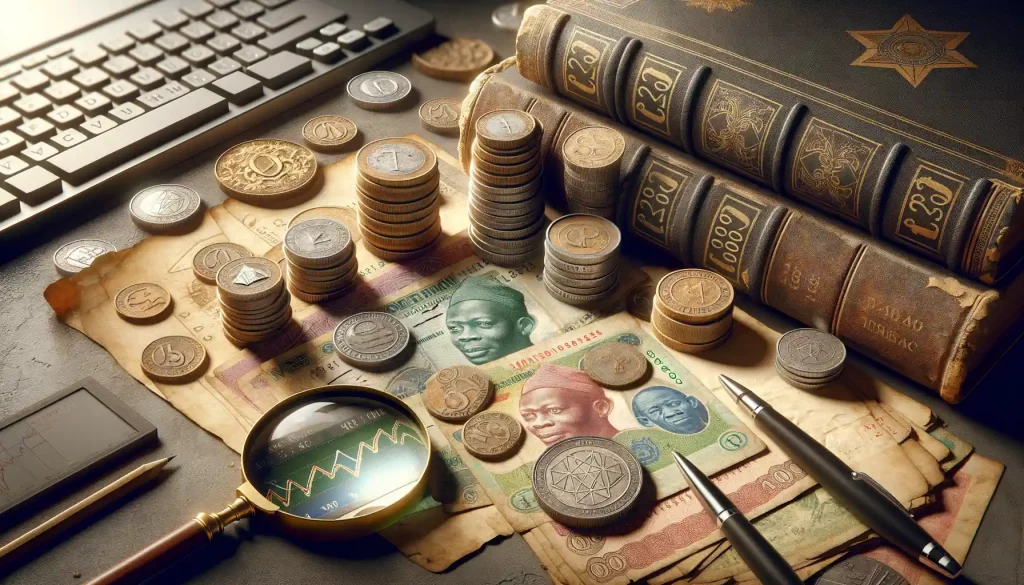The Historical Context of Vintage Nigerian Currency
A Journey Through Nigeria’s Monetary Evolution
The story of vintage Nigerian currency is a colorful tapestry woven with history, culture, and economic shifts. It’s like holding time in your hands—each note and coin telling tales of a nation finding its voice post-independence. From the vibrant **colonial-era West African Currency Board (WACB) notes**, circulated before 1959, to the early naira introduced in 1973, every piece carries echoes of the past.
Think about it: those old one-pound notes once jingled in the pockets of market traders, while coins stamped with regional emblems passed through the hands of schoolchildren buying roasted groundnuts. Remember the majestic image of Queen Elizabeth II on early WACB currencies? Or the proud faces of Nigerian icons gracing the first naira series?
- The transition from the pound system to the naira marked a bold moment of national identity.
- Currencies were designed to reflect Nigeria’s diverse cultures, such as the Northern knot or the Benin bronze heads.
These tangible relics remind us where we’ve been—and they’ve seen it all: the oil boom, military coups, and the glow of independence. Isn’t that incredible?
Factors Influencing the Value of Old Nigerian Notes and Coins
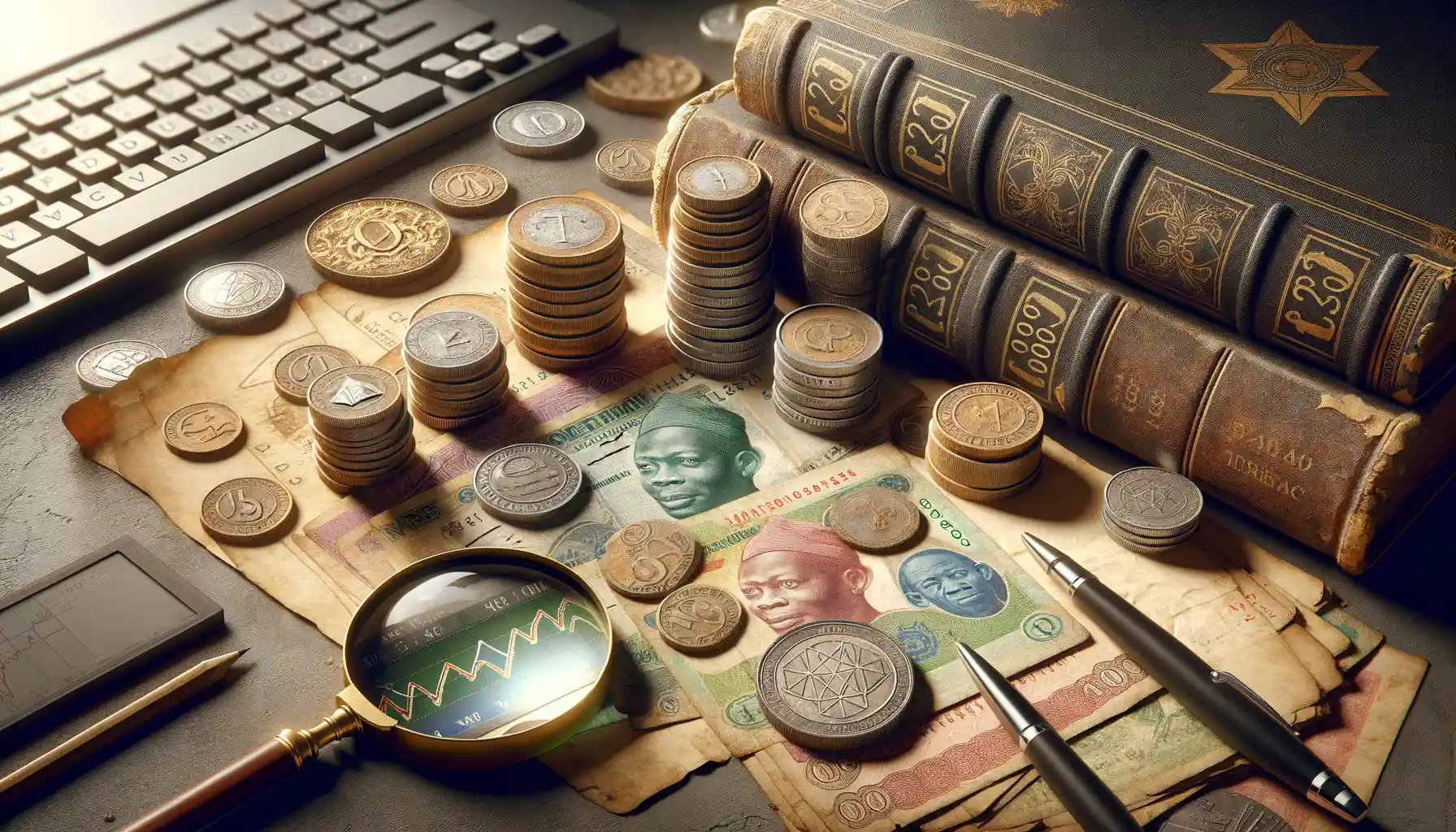
The Art of Rarity and Scarcity
You know how that one-of-a-kind artwork captivates the world, right? Well, rarity works much the same way when it comes to old Nigerian currency. The fewer notes or coins available, the higher their demand – and their value. For instance, some collectors are on a fevered treasure hunt for the old 50 kobo coin from the 1970s that featured the striking image of palm trees. Imagine holding one of those little pieces of history—it’s like gripping a forgotten chapter of Nigeria’s story.
But there’s more. Certain series or designs were printed in limited numbers or circulated only briefly, creating a kind of mystical aura around them. Coins with minting errors? Pure gold for enthusiasts (figuratively speaking). A misplaced edge or a double-struck date instantly propels any item from mundane to magical.
- Condition: Pristine notes and shiny or untarnished coins hold significantly greater appeal.
- Historical Significance: Currency tied to key moments, like pre-independence or military regimes, carries that undeniable emotional weight.
- Aesthetic Appeal: Designs showcasing past leaders, wildlife, or cultural symbols draw eyes—and wallets.
Sentimental and Cultural Magnetism
Here’s a surprising twist: for many collectors, it’s not just about money—it’s about memories. That 1 Naira note your grandparents tucked away during Nigeria’s oil boom? It may not just be valuable—it could be priceless. Old currency often acts as a portal to another time, sparking nostalgia and a sense of national pride.
Collectors worldwide love coins and notes with rich backstories, but Nigerian currency comes with an extra layer of intrigue due to its vibrant culture. Some of these pieces reflect the diverse ethnic groups, traditional attire, and even breathtaking natural landmarks. Whether you’re a historian, a sentimental soul, or both, vintage Nigerian money has a way of tugging at your heartstrings.
How to Determine the Authenticity of Vintage Nigerian Currency
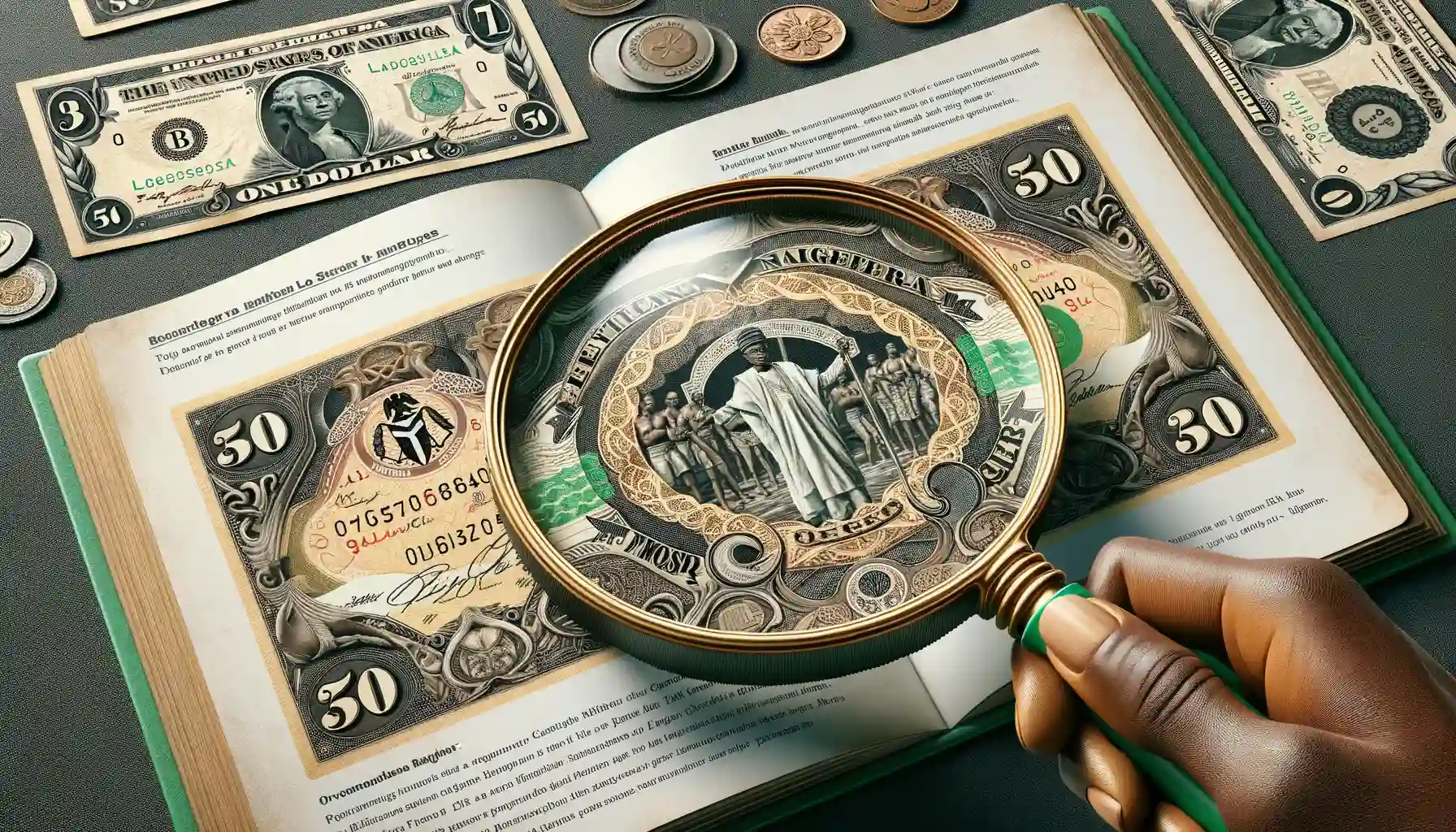
Spotting Genuine Vintage Nigerian Currency: Your Treasure Seeker’s Guide
Picture this: you’re holding an old Nigerian ₦1 note, its faded colors whispering stories of bustling Lagos markets and village square transactions. But how can you be sure this relic is the real deal? It takes a keen eye and a touch of detective work!
First, study the **textures**—authentic vintage currency often has a unique tactile feel due to the type of paper or metal used back in the day. Run your fingers over the note or coin. Does it feel too smooth or unnaturally rough? That’s your first clue something might be amiss.
Now, let’s talk about watermarks. These were an early anti-counterfeit tool, often depicting intricate patterns or figures. Hold the note up to the light and inspect carefully—do you see a clear, crisp watermark? If not, proceed with caution.
For coins, check the patina or aging. A genuine 1959 kobo likely won’t have a shiny, modern vibe but instead boasts a weathered charm that only time could create.
- Look for fine engraving details—counterfeit coins often miss precision in these areas.
- Inspect dates and serial numbers; inconsistencies here are red flags.
The joy of collecting lies in the details, so let the history-loving detective in you lead the way!
Key Collectors’ Insights on Preserving Nigerian Currency Value
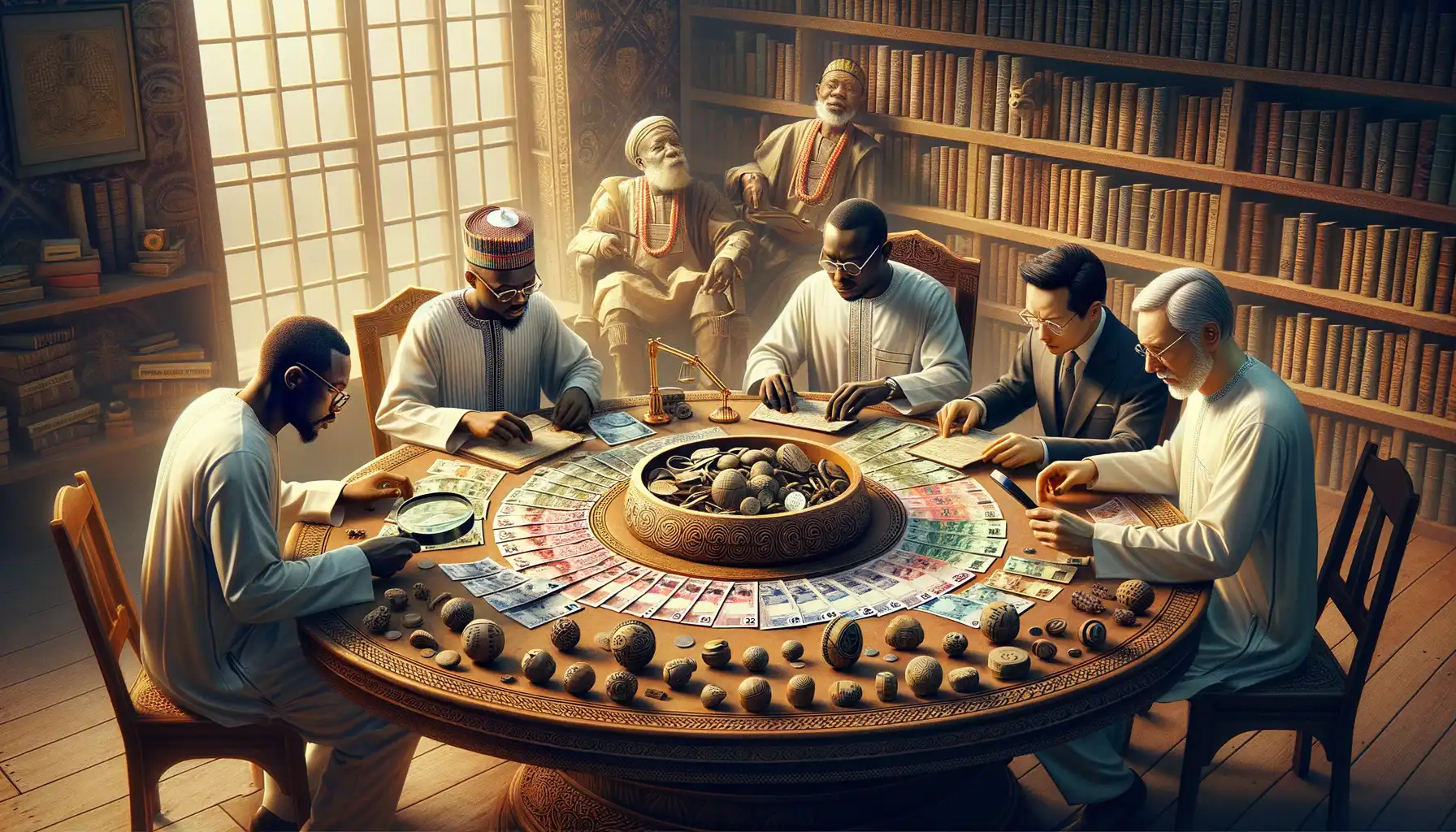
Preservation Tips from Passionate Collectors
When it comes to preserving the value of vintage Nigerian currency, collectors often describe it as nurturing a delicate piece of history. Imagine holding a 1973 ₦1 note with its bold green design or a dazzling 1959 penny in your hand—each is a window into Nigeria’s rich past. But without proper care, these treasures risk losing their charm and worth.
Here are some tried-and-true tips straight from seasoned collectors:
- Invest in acid-free storage: Ordinary plastic or paper sleeves can damage currency over time. Opt for archival-grade materials that shield against moisture and fading.
- Beware of sunlight and heat: Direct exposure can bleach colors and warp delicate materials. Keep your collection cool and cozy, like you would for a fine painting.
- Handle with gloves: Oils from your skin can stain collectibles permanently. Cotton gloves are your best friends here—snug, soft, and protective.
Why Emotional Value Matters to Collectors
Beyond financial returns, many collectors emphasize the *emotional pull* of vintage Nigerian currency. Each coin or note tells a story—a bustling market day in Lagos, the ambition of young independence, or the courage of leaders like Sir Abubakar Tafawa Balewa, whose image graces older notes. Preserving currency isn’t just about maintaining its physical condition; it’s about honoring these memories.
Future Trends in the Market for Vintage Nigerian Currency
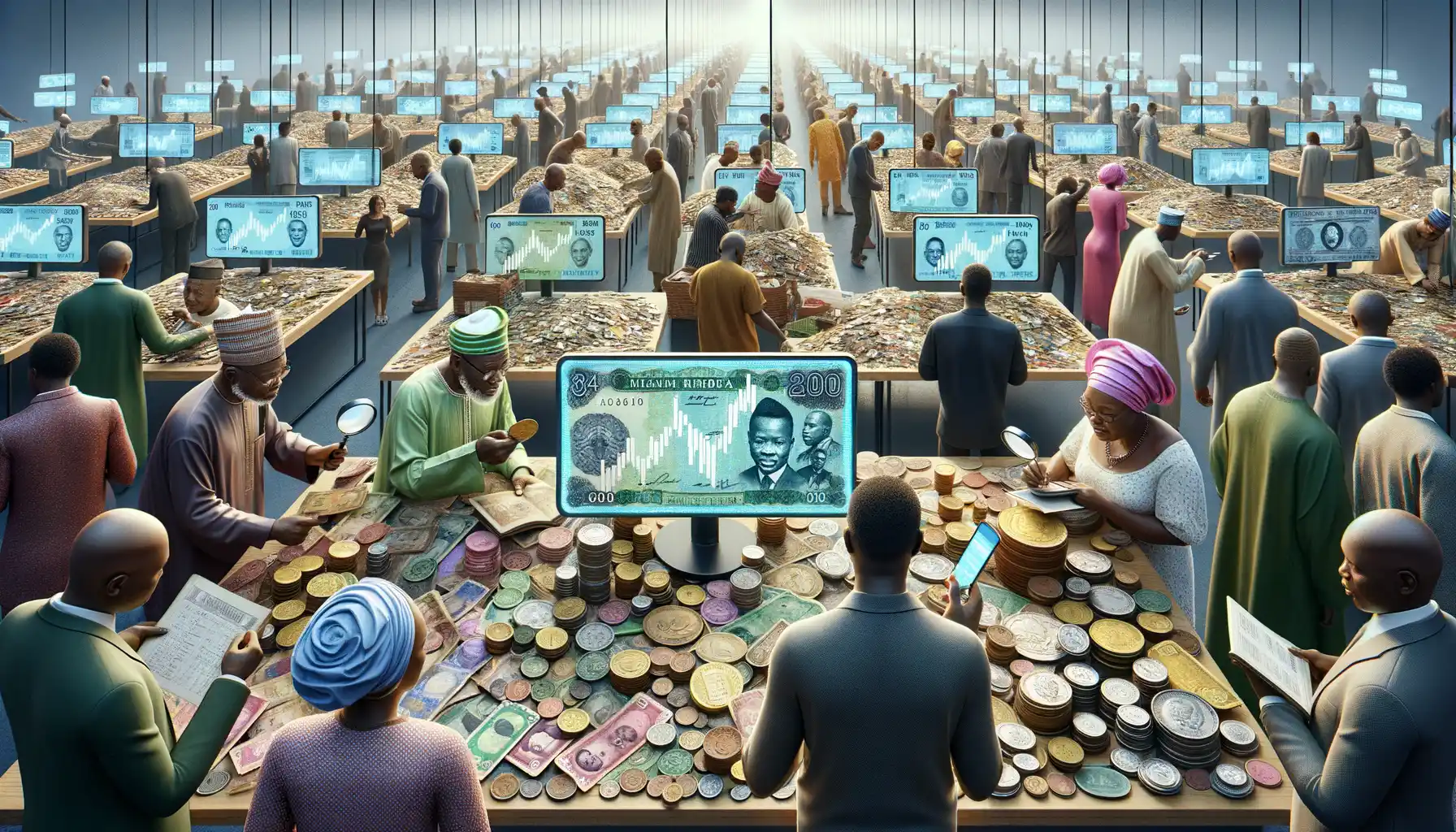
The Growing Global Fascination with Nigerian Numismatics
The market for vintage Nigerian currency is buzzing with an energy as fresh as the notes themselves once were. Collectors globally are waking up to the charm of these treasures—not just because of their historical significance, but also their unmistakable artistry. Picture this: the vibrant colors of a 1973 series 50 Kobo note capturing attention in an auction in London, or a rare pre-independence coin sparking a bidding war in Tokyo.
What’s fueling this trend? Two words: *limited supply*. As time marches on, these notes and coins become scarcer, adding fuel to the fire of demand. If you’ve ever held a vintage Nigerian currency piece in your hand, you’ll understand—it feels like holding a piece of living history.
- Technology: Blockchain is making its mark, allowing collectors to trade, verify authenticity, and preserve value seamlessly through digital platforms.
- Younger Collectors: A new wave of millennials and Gen Z investors is entering the arena, drawn by nostalgia and financial potential alike.
And here’s the kicker—some experts are already calling Nigerian vintage currency the next “hidden gem” of the global collectibles market. Are you ready to be part of this story?
